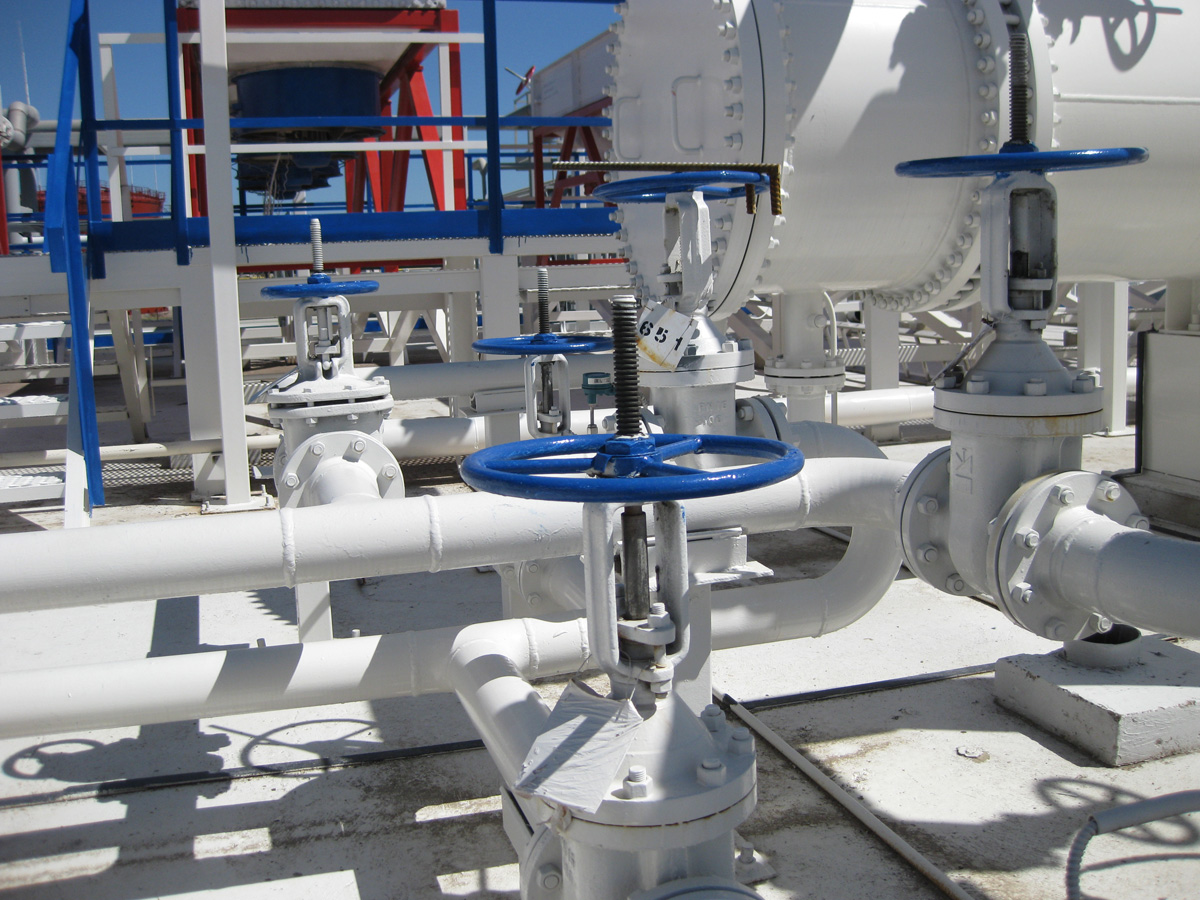Mine is a crucial scene of defence trading operations that plays a substantial role in ensuring the refuge of both military machine personnel office and civilians. The work of removing landmines, undischarged munition(UXO), and other wild remnants of war from post-conflict areas is essential in reclaiming soil for successful use and restoring peace to unnatural regions. This clause discusses the grandness, methods, and challenges of defense mine clearance, highlight how it serves as an necessity part of post-conflict reconstructive memory and long-term safety efforts.
Landmines and undischarged munition pose an ongoing threat long after conflicts have all over. They continue inhumed at a lower place the soil, sometimes for decades, and can cause crushing injuries or fatalities to anyone who comes into adjoin with them. The clearance of mines is therefore vital not only for military security but for the restoration of life in mannered areas. Mines are often placed along borders or in plan of action locations, such as roads, cultivation lands, and residential areas, with the goal of denying access to adversaries. However, they also present a danger to inexperienced person civilians who may inadvertently cross these areas after the contravene ends. This makes mine operations obligatory in ensuring the refuge of civilians and the take back of displaced populations to their homes.
One of the key methods used in defence mine is manual clearance. This proficiency involves skilled personnel office who physically search for and safely remove landmines. The staff office are equipped with technical tools, such as mine detectors, tender clothing, and heavy-duty excavation tools. Although effective, manual of arms clearance is time-consuming and tug-intensive, as each area must be carefully searched and all potency threats known and neutralized. Additionally, the risk of wound cadaver high, as workers are often uncovered to risk when locating and disarmament explosives. For this reason out, manual clearance operations need highly skilled and practiced individuals, as well as substantial resources to see the refuge of the workers.
In summation to manual of arms methods, field of study advancements have introduced new approaches to EOD clearance, such as the use of natural philosophy clearance systems. These systems apply machines, such as mine rollers, flails, and excavators, to big areas apace and with greater preciseness. These machines are subject of detective work and destroying landmines by physically crushing or detonating them in a controlled manner. The use of physical science systems allows for the of larger areas in a shorter time period, which is especially healthful in areas where time is of the essence, such as during military trading operations or do-gooder missions. However, these systems also have their limitations, including the unfitness to notice little, inhumed mines or the trouble in navigating difficult or heavily vegetated terrain.
Another important promotion in mine is the use of dogs and rodents trained to find explosives. These animals have an unusual feel of smell up, making them highly operational in positioning mines. Mine-detecting dogs are usually used in areas where human being workers may not be able to go, such as specialize spaces or unruly terrain. Their power to detect the scent of explosives before triggering them makes them priceless assets in the mine clearance work on. Despite their potency, the use of animals in mine requires careful treatment and training to ascertain their refuge and productivity.
Despite the come on made in defense mine clearance techniques, challenges continue. One of the most pressing challenges is the vast add up of mines still left in the ground. The international surmount of the mine trouble is impressive, with millions of mines scattered across former run afoul zones. Funding, political obstacles, and express access to certain areas further elaborate efforts. Additionally, the clearance process itself can be slow, with some regions requiring age or even decades to become safe for use. Nonetheless, efforts carry on, and international organizations, governments, and armed services forces stay on committed to addressing the mine scourge through innovative methods, explore, and world cooperation.
In conclusion, defense mine is an necessity and current task in securing post-conflict regions and restoring safety for both military personnel and civilians. The of manual of arms techniques, mechanical systems, and creature signal detection offers a comp set about to addressing the global mine problem. Despite the challenges, come on is being made to clear contaminated areas and reduce the risks posed by undischarged ordnance store. As engineering advances and international collaboration continues, the goal of creating mine-free zones and safeguarding hereafter generations corpse a priority for world-wide peace and security.


